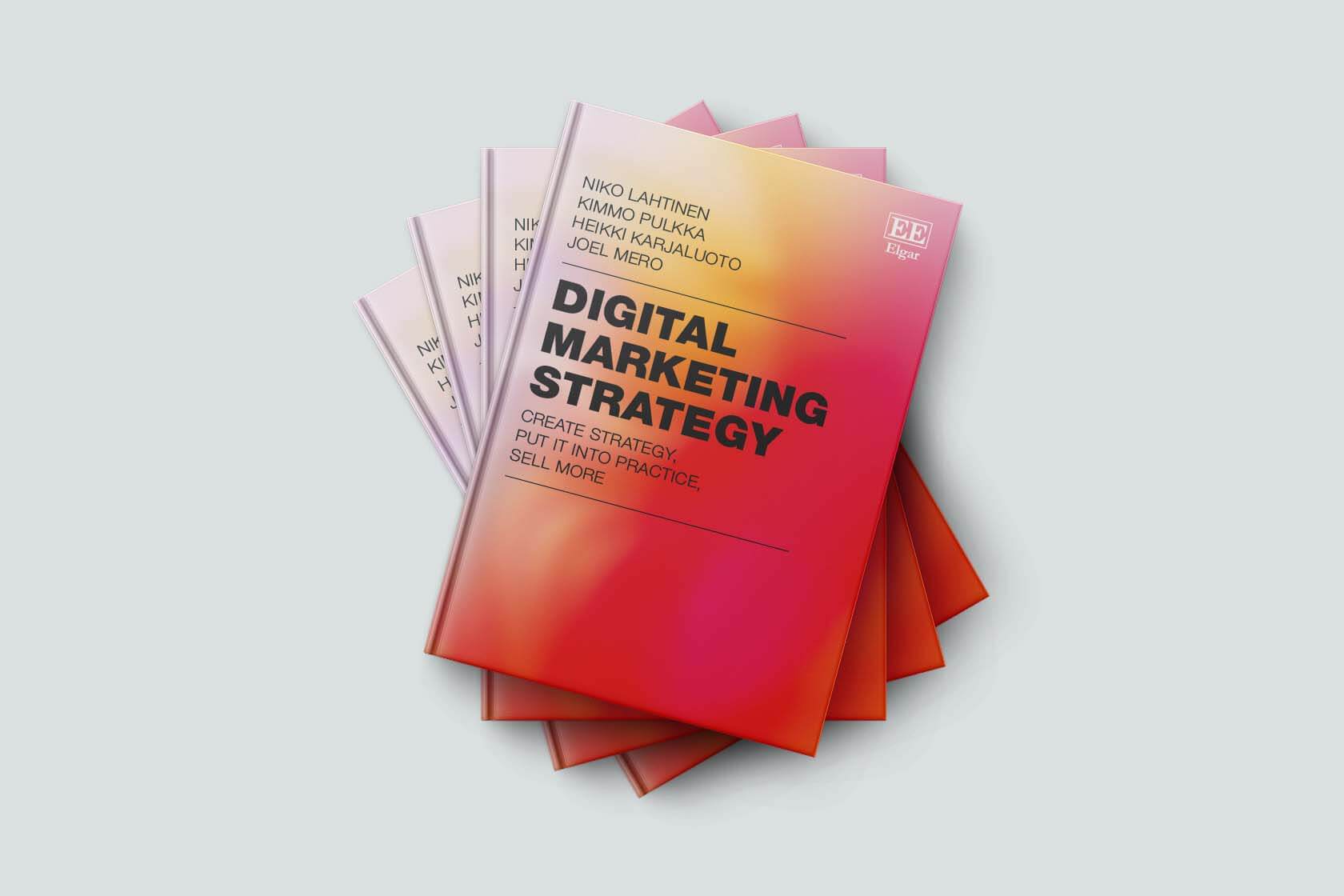In this blog, I’m opening up more from an online store perspective about how to find out from social media campaign data what factors are likely to prevent you from scaling your campaigns. After reading the blog, you’ll be able to make more informed decisions about which campaigns you should start scaling with the means I’ve already told you about.
your campaign success by interpreting data and trends
Rising prices are in the nature of Facebook’s advertising platform because advertising spots there are limited and, for example, Seasons like Black Friday significantly increase click and conversion prices. However, you can’t just put price increases constantly on the ad platform’s saturation tab, but alarm bells should start ringing if a similar trend continues in your campaigns week after week. Advertising techniques can evolve to keep the conversion price and traffic costs (e.g. click price and 1000 impressions) under control. It’s not quite so black and white to evaluate the effectiveness of campaigns, and a observing and interpreting the right indicators is key, so that you know how to make the right decisions, when it comes to increasing your advertising budget in different campaigns.
For the specific terminology: when I talk about a cold audience, I mean a completely new audience that hasn’t yet had any contact surface to your company or its offering. By a warm audience, I mean remarketing audiences that have already interacted with your business in some way. Now to the point. Next, I’ll introduce steppes and concrete suggestions on how to analyze your campaigns and detect obstacles to success.
Diagnoses the problem areas of your campaigns with these 4 steps
-
Pre-decide on an accurate budget for social media advertising only
Before starting social media advertising, decide the exact budget that you plan to spend on ads over a certain period of time, such as one quarter. In most cases, the company’s marketing budget is x per cent of turnover. How much did you allocate from it to social media ads? . If there is a large difference between budgeted and actual media consumption, you can conclude that you may have a scaling problem. Most likely, your campaigns haven’t worked at the desired level in terms of CPA (CPA= cost per action), and with it you haven’t wanted to raise your budget enough. Again, in order to spend the budget sensibly, you must decide the target level for the cost of acquiring a new customer.
-
Attracting interest and remarketing – differentiate between a cold and warm audience when looking at results
Alternatively, the numbers in your campaigns may even appear better than the target figures, and you don’t realize something could be wrong. How can you locate a problem?
The most likely answer is that most of the budget has gone to advertising to warm audiences, which distorts the size of the average purchase and the cost of acquiring one customer. The warm audience generally has a lower purchase cost and a higher average purchase size. The budget can easily be spent on remarketing audiences (e.g. those who have already bought, looked at products or added to the shopping cart).
So if you look at the results solely in observing averages, cold and warm audience campaigns at the same time, targets actually appear in a bad light. For example, the final media budget consumption is often lower than expected because remarketing audiences are smaller in size compared to cold audiences, and inevitably wears out at some point.
In accordance with the first level, we are talking about attracting interest or reach, as we have named the first stage of our marketing model (MRACE). However, it is worth remembering that even if we talk about the first stage of the sales funnel, some of the completely cold target group is always ready to buy immediately if the situation or offer is otherwise appropriate or your website is conversion optimized for superior condition.
It’s a good idea to spend most of the entire media budget on REACH, up to 70-80%. However, the problem may be scaling cost-effectively or simply the fact that in the light of the results, it doesn’t make sense to spend so much budget on the REACH campaign. How do you scale budget-appropriately to a cold audience so that you also stick to the set cost target for acquiring one customer? It’s important to differentiate the cold audience from all remarketing audiences so that it doesn’t distort the accumulated data and interfere with the algorithm’s operation. The size of the average purchase is important for scaling and the cost of acquiring a customer. The size of the average purchase shows how well the well-built sales funnel works. What happens after the purchase? Will additional and cross-selling be used? These all affect the big picture.
So be sure to look at the results by separating a completely new (=cold) audience from people with some touch surface (remarketing=warm audience). Although remarketing often appears more efficient, it is essential to spend enough euros on campaigns by the new audience to continuously include new people in the sales funnel.
-
Are you following the right pins?
The volume of results (number of customers, number of purchases) should be the main measure by which you assess the final performance of your campaigns. Most people focus too much on ad revenue and the cost of a single purchase. Imagine the situation though: you ran a campaign with 10 ad revenues, but you got 5 buying customers through it. However, better for your business is a campaign that has had 2 ad revenue, but you got 100 potentially completely new buying customers out of it. 100 remarketed customers are better than 5, right? Actively maintaining and tracking target numbers helps you acquire new customers more efficiently. It is worth remembering here that many people are ready to buy right from first point of contact.
Take advantage of seasonal campaigns to get new customers in particular (these can only have a break even goal). For the warm audiences collected, you can then do remarketing for the rest of the year (actual “finalization” of the audiences).
-
Optimize your ad and ad set level
Here are some questions to consider when optimizing your ad set and ad level:
- how do your different ads work? You do have different ads (written from different angles and starting points)? Photos vs. videos? Different ad types?
- How do different target groups work in relation to each other: Cold and warm audience? Interest-based vs. doubles?
- How is the budget distributed by target; do ads appear too many times (frequency)?
The answers to the above questions can be found by deciding on certain scales for the most important traffic indicators: what is good, what is ok, and what is a bad level. The most relevant of the traffic figures are the click rate of the link and the price of clicking the link.
If the numbers are low, check the content of your ad (what you’re promoting), adcopy, ad media used (image, video), and targeting. The problem can often be found here. As for the frequency of displays, as a rule, if the frequency is above 7, then it is already too much. In a cold audience, if the frequency is ok or at a bad level, then you probably have an audience problem.
Summary
Here are the blog’s main “takeaways”:
- end the budget for social media marketing and the target level for the cost of acquiring one customer and the size of the average purchase
- Don’t forget the cold crowd’s campaigns and spend most of the budget on them. Discover and experiment with new targeting options (e.g. interests, doubles)
- Read a cold and warm audience when looking at results and also creating campaigns
- audiences in remarketing are more effective in the operation of the algorithm – simple and think carefully about exclusions
- Follow the right key figures, decide the target levels and make advertising decisions based on them
Find out now and in the future what doesn’t work in your campaigns and what works and how you can do even more of what works. Collect reliable data and analyze it, and then you know how to make well-informed decisions. How much media budget do you need to spend on a monthly basis to achieve the goals you set, taking into account the details that have come up on the blog? Make a decision about what’s ideal for you.










